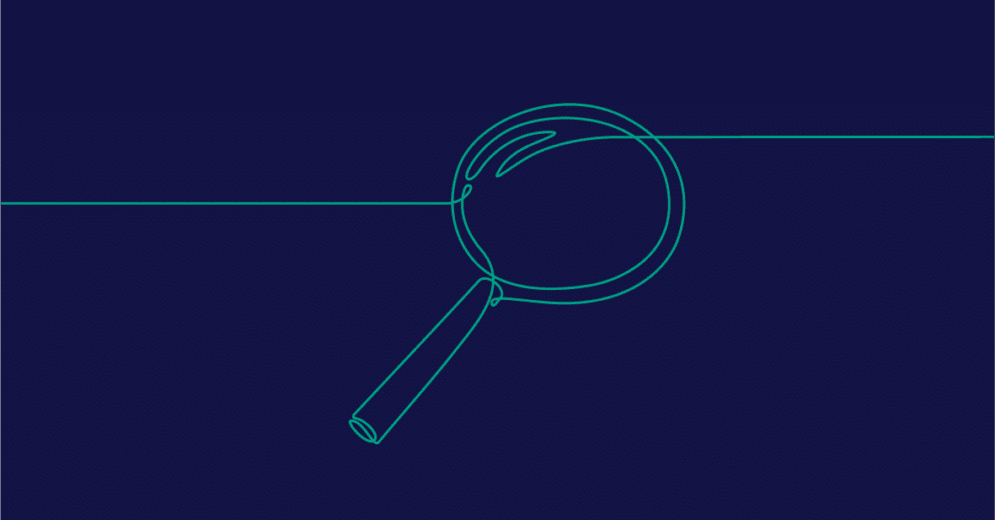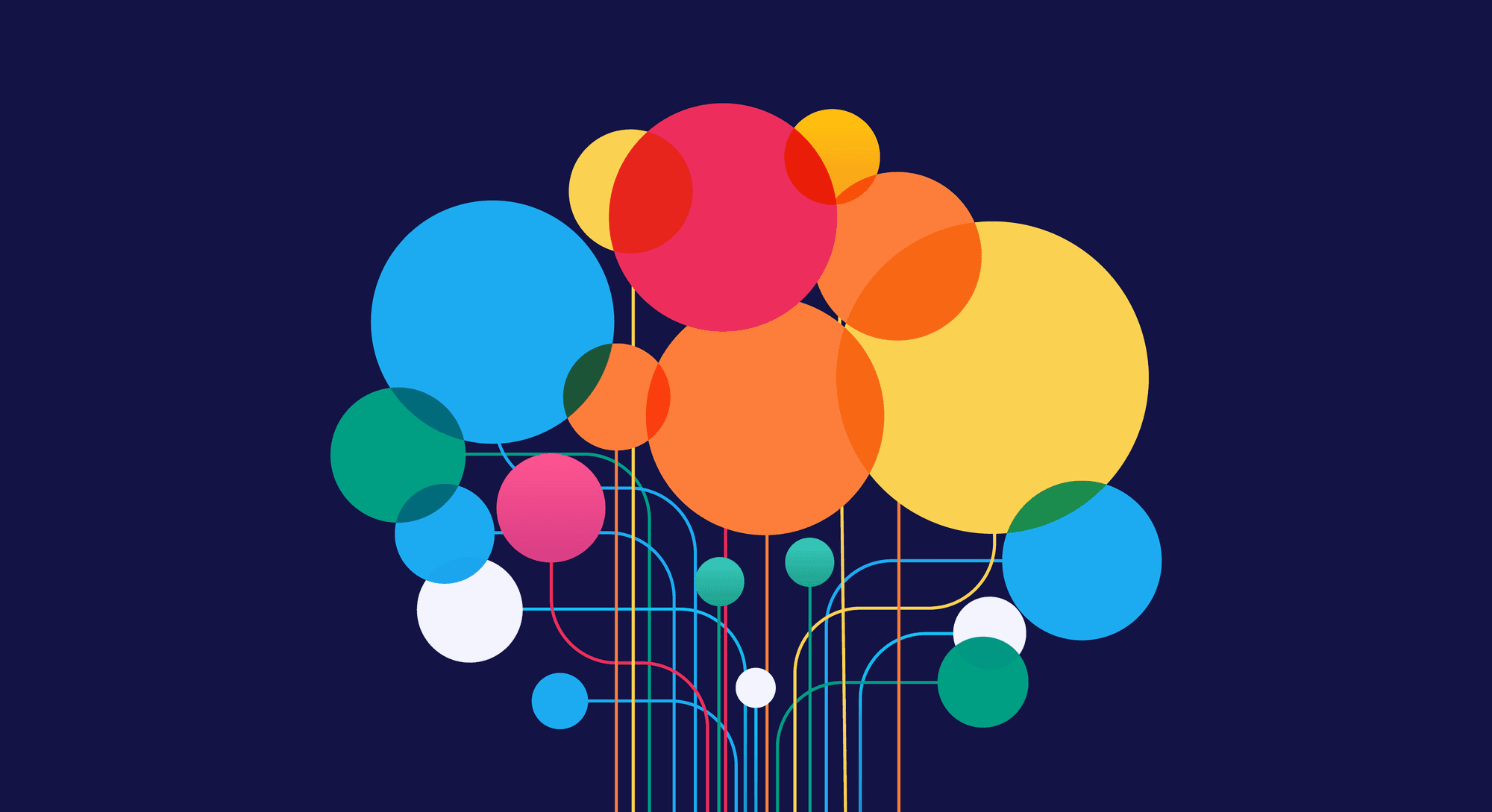The Product Discovery process is one of the most important in product development. Based on it, we have another process that is also fundamental: Continuous Discovery.
The idea of this process is to constantly keep the cycle of research, testing, and learning, so that product improvement is continuous, bringing benefits to the companies and to the product itself.
In this article, we will talk more about Continuous Discovery and provide 7 tips to help you implement this process in your routine!
What is Continuous Discovery?
As the name suggests, Continuous Discovery corresponds to an approach in which the product team continuously conducts research in order to collect feedback from people throughout the entire life cycle of a product.
Thus, this UX Research process uses various research resources such as interviews and tests to collect additional information and promote continuous product improvement.
Recalling Product Discovery

Before going into more detail about Continuous Discovery, it's worthwhile to briefly recall the Product Discovery process.
Within the product development process, Product Discovery corresponds to the activities of:
- Understanding the problem;
- Selecting and refining solutions.
In other words, Product Discovery aims to understand the users and identify their needs, creating better solutions to meet them.
The focus of the process is on collecting data, validating assumptions, and discovering a latent need of people.
The importance of Continuous Discovery
It's worth pointing out that there is nothing wrong with carrying out product development without using Continuous Discovery.
The delivery of a well-developed product can happen just fine without an iterative research process. However, the importance of Continuous Discovery is in maintaining the value that the product provides to the users and to the company.
Especially when we talk about digital products where new features can be developed more quickly, it is important always to be vigilant so that the products continue to bring value to people.
In these cases, we are not just talking about creating new features or improving the experience within the product. But there are situations in which constant research can strengthen decision-making that is crucial for the survival of the product or the company itself.
A very interesting example to analyze is Netflix.

Netflix started as a DVD-by-mail rental service. After some time, it implemented a subscription service, invested in streaming, and today has major film productions.
Of course, we don't know if Netflix's product team was doing a Continuous Discovery process. But the point is that the company has not stopped evolving its product, adapting to new needs, and delivering more value to its customers.
This has made Netflix grow into the giant it is today.
In another scenario, if Netflix continued to insist on renting DVDs through the mail, its fate might not be so different from its competitor at the time, Blockbuster.
Therefore, Continuous Discovery is important both in terms of improving the product experience, enhancing its authority and brand awareness, and for the company's own survival in the face of advancing markets and competitors.
Reading Tip: UX Research Data Analysis: A Step-By-Step
How to implement Continuous Discovery?
Generally speaking, any research activity or methodology can be adapted for continuous discovery, be it interviews, tests, or surveys. This is because each of these methods will not change in their structure, only in their frequency and intensity.
Compared to a linear Product Discovery process, where there is no continuous discovery, the research part will always be unique and with more investment. In this case, the goal is to discover everything possible to support the decision-making that will emerge throughout the process.
In Continuous Discovery, it's possible to invest less time and resources in each of the research and increase their frequency to every week, for example.
Thus, you don't have to change frameworks or methods to implement Continuous Discovery. What must change, in fact, is the mentality of the people, the team, and the corporate environment.
With this in mind, two suggestions can help boost and strengthen a mindset of Continuous Discovery:
1) Create a research routine: to define how often and which methods will be used in continuous discovery. But more important than defining a routine is sticking to it.
2) Promote team collaboration: in a continuous discovery process, it's important to involve people who are not necessarily researchers. This helps create empathy and strengthen the importance of Continuous Discovery for engineers, designers, stakeholders, etc.
7 tips for implementing Continuous Discovery

Although Continuous Discovery is more of a mindset change than a process change, there can be certain mishaps in its implementation.
Here we have listed 7 tips that can help you implement continuous discovery with less friction.
1) Create a Supportive Environment
Strengthen the trust of the product team and researchers so that they feel comfortable and encouraged to carry out the Continuous Discovery processes.
Also, give the team autonomy and flexibility to act on the process rather than being tied to a specific plan.
Another important thing is to advocate continuous discovery to stakeholders, directors, and others in leadership. When everyone understands the benefits of Continuous Discovery, the work environment becomes more productive.
2) Build a discovery team
It is advisable to create a team focused on Continuous Discovery rather than leaving this process solely to the leadership of a product manager, for example.
Prioritize multidisciplinarity instead of quantity. The continuous discovery team doesn't have to be big, but it should include researchers, designers, maybe a developer, and a product-related person.
3) Don't stop asking questions
Keeping curiosity as a virtue within the team is important for continuous discovery to be successful.
However, it's important to use various UX Research techniques to ensure that the right questions are asked in the right way. Asking questions without any criteria can skew the results.
Also, always try to dig deeper into the feedback of the people you interview. If you find an insight that deserves more attention, build a new survey based on that question alone.
Never stop asking questions, and analyzing the feedback is the essence of Continuous Discovery.
Reading Tip: UX in Game Design: A Player-Centric Approach
4) Do small experiments
One of the most interesting ways to create and evolve a continuous discovery routine is to break large experiments into small weekly tests.
A change of goal is also necessary. In the continuous discovery process, focus on testing hypotheses rather than testing solutions.
This dynamic allows you to move more quickly through the discovery process and be able to implement the necessary changes in the product.
To do this, always keep in mind a list of ideas and hypotheses that can be tested quickly with unmoderated research or simpler surveys.
Be scientific and define success criteria, always based on numbers and evidence.
5) Think about outcomes rather than outputs
In a Continuous Discovery process, it's important to pay more attention to the outcomes (goals) than to the outputs (means to achieve the goals).
The outputs are nothing more than the methodologies and tools that will be used in Continuous Discovery research.
In a Continuous Discovery process, the business and product objectives in question need to be very clear, thus becoming the main bases for questions, tests, and further improvements.
So always keep in mind what are the current business goals that can be achieved with the help of your product improvement through continuous discovery. At the same time, you should also understand what product goals need to be achieved.
With this in hand, ongoing research can ensure a much higher success rate by focusing more on what matters most to the business.
6) Beware of bias in interview questions
Teresa Torres, author of the book Continuous Discovery Habits: Discover Products That Create Customer Value and Business Value, suggests that interview questions be asked in the form of storytelling rather than in a straightforward manner.
Torres says that when we ask someone How, Why, and When, we induce some cognitive biases. This is because, without context, we are very bad at answering direct questions, such as how often we access such an app or why we press such a button.
Instead of this direct approach, the tip is to ask questions with context. For example: Tell me a bit about the last time you had to access your bank application to pay a bill.
Or, more broadly: Tell me a little about the last time you accessed your bank's application.
From that, the person will tell you the details of that journey, and you will be able to conduct it with as little bias as possible.
Reading Tip: Gestalt Principles: How To Apply Them In Your UX/UI Design Projects
7) Always show your work
This last tip is aligned with the first tip on this list.
Showing your work is important to bring people on your side and present the benefits of Continuous Discovery in product management processes.
The results should be shared both with your own team and with stakeholders and others in leadership.
As you implement and execute Continuous Discovery, you will also make adaptations and improvements to your research process. This is also very important to keep the team sharp and always prepared.








